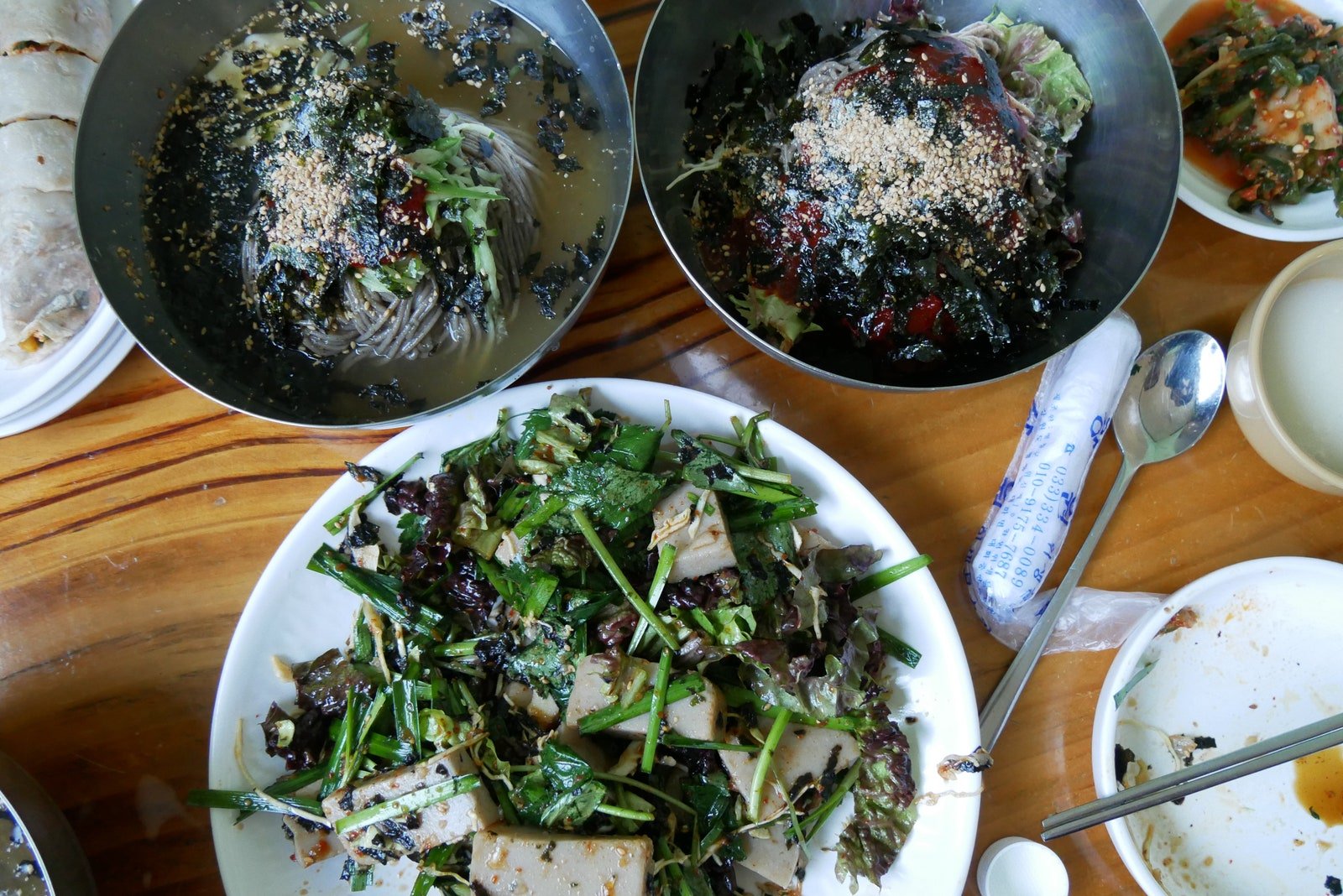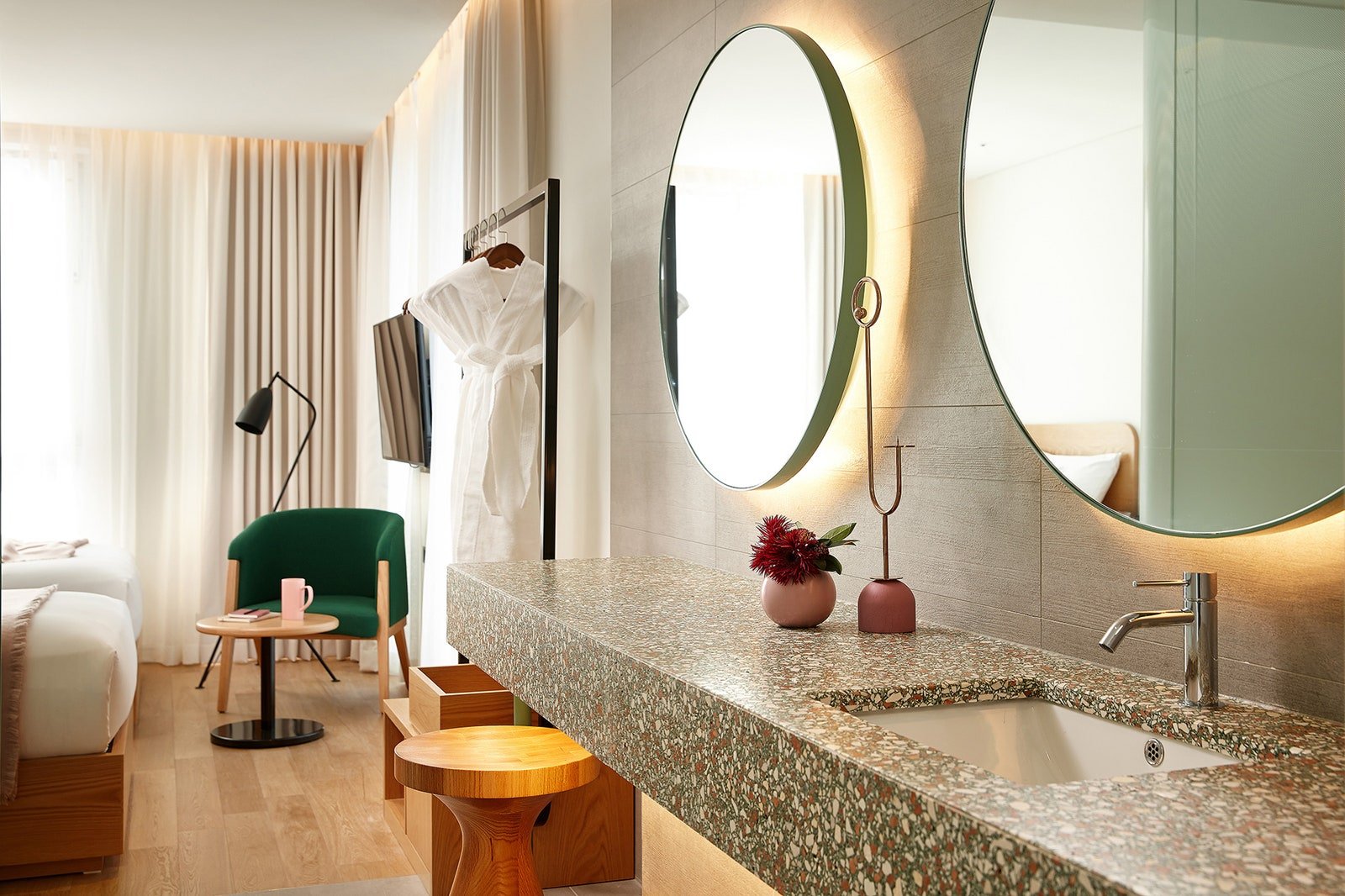Where Athletes, Reporters, and Sports Fans are Flocking During the Winter Olympics in Pyeongchang
Original source: Vogue
Pyeongchang, South KoreaPhoto: Getty Images
Visitors in Pyeongchang, South Korea for the 2018 Winter Olympics (held until February 25th) won’t find the usual saturnalian fare of restaurants, clubs, and parties neighboring the Olympic Stadium. Instead, the events are nestled deep in the Korean countryside, spread across Pyeongchang and Gangneung in remote Gangwon Province, precluding an obvious central pulse.
With a year-round population of 43,000, Pyeongchang is sleepier than previous winter Olympics destinations like Vancouver, Turin, or even Sochi, a nightlife capital in its own right. Even as it courts the international spotlight this month, the region generally flies under the radar. But if you’re headed here for the Games (and beyond!) fear not: We scouted the area for the hotspots in the mountains, coast, and city.
“Pyeongchang is basically a quiet family ski resort town,” says Sangwook Lee, a Seoul insider and tour guide who’s knocked back soju with the likes of Anthony Bourdain. But with the new purpose-built KTX train lines connecting Pyeongchang to the glittering metropolis of Seoul in the west and the coastal city of Gangneung to the east, this area just got a lot more reachable.
Mountains
In Pyeongchang, home to the mountain cluster hosting the ski and snowboard events, you’ll mix with world-class athletes at Alpensia, the ski resort that houses the main Olympic Village. At night, head to Birch, the only bar in the region serving cocktails and mixed drinks–not just the beer and soju found in most local drinking establishments. Upstairs is a warren of private karaoke rooms, known as noraebang (“singing rooms”), with a thick catalog of song selections. In between the events at Phoenix Snow Park, take a quick walk through the Bongpyeong Market, where you can pick up sweet, street food-style pancakes (hotteok), spicy rice cakes (tteok-bokki) and traditional medicinal plants such as mushrooms and ginseng. Then grab lunch at Namchon Makguksu which serves traditional Korean fare like noodles, crepes, and jelly salad made with buckwheat, a crop better suited to the cutting microclimate than flour. For more local flavor, stay at Welli Hilli Park, a traditional family ski resort with a multi-level, mind-boggling sprawl of amusements, from karaoke and screen golf to bumper karts and batting cages.
Lunch at Namchon MakguksuPhoto: Courtesy of Sangwook Lee
Coast
For beach vibes, head east to Gangneung, the city on the East Sea hosting the Olympic skating and hockey competitions. International media covering the Games have taken up residence at the Richard Meier-designed Seamarq, a modern hotel with sweeping seaside views. Known for its seafood and cafe culture, Gangneung pioneered Korea’s coffee movement with shops like Coffee Cupper (Gangneung Changhaero 17, Yeongsodong, 033-653-0100) and Bohemian Roastery (Gangwondo Gangneung City Sancheonro 1107, +82336426688). “It’s made that entire beach area famous for cafes,” Lee says. “The coffee profile they go for is more medium acidic sort of body. Koreans don’t like a super dark roast in the European style.” Donghwa Garden is the go-to spot for Gangneung’s other delicacy: soondubu, a soft tofu stew. Order the Jampong Soondubu if you like your bean curd with extra kick.
L7 HotelPhoto: Courtesy of L7 Hotel
City
Do as the Olympians do and hop the KTX from Pyeongchang to Seoul to blow off steam in the buzzing Korean capital once the medals are awarded. Hongdae, the edgy university arts district with a youthful spirit, is a popular draw for the athletes and their entourages. Kicking back here usually means a full night of Korean BBQ and bar-hopping before carousing at an all-night karaoke joint. Stay at the new L7 hotel, where you can enjoy skyline views from the 22nd-floor, glass-enclosed bar, and drop by Alice, a Wonderland-themed speakeasy in nearby Cheongdam with a full menu of colorful, experimental cocktails, including some that materialize in a cloud of nitrogen gas. Note that the Lunar New Year holiday, which begins February 16th, draws to Seoul some of the largest crowds of the year but infuses the city with extra spirit—as if the city needed it.



